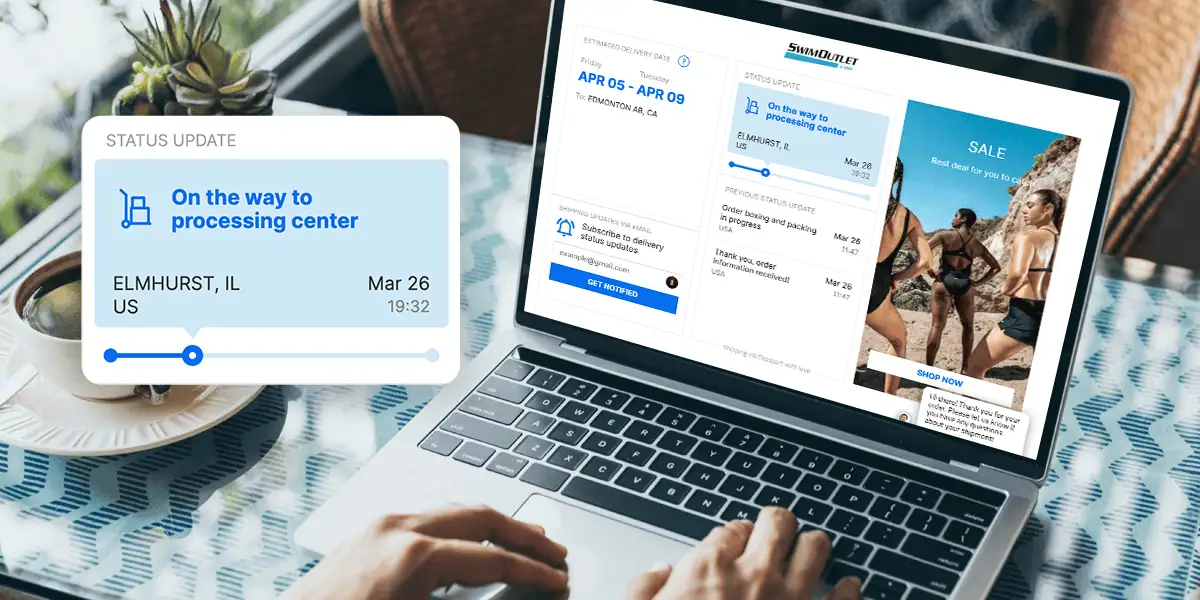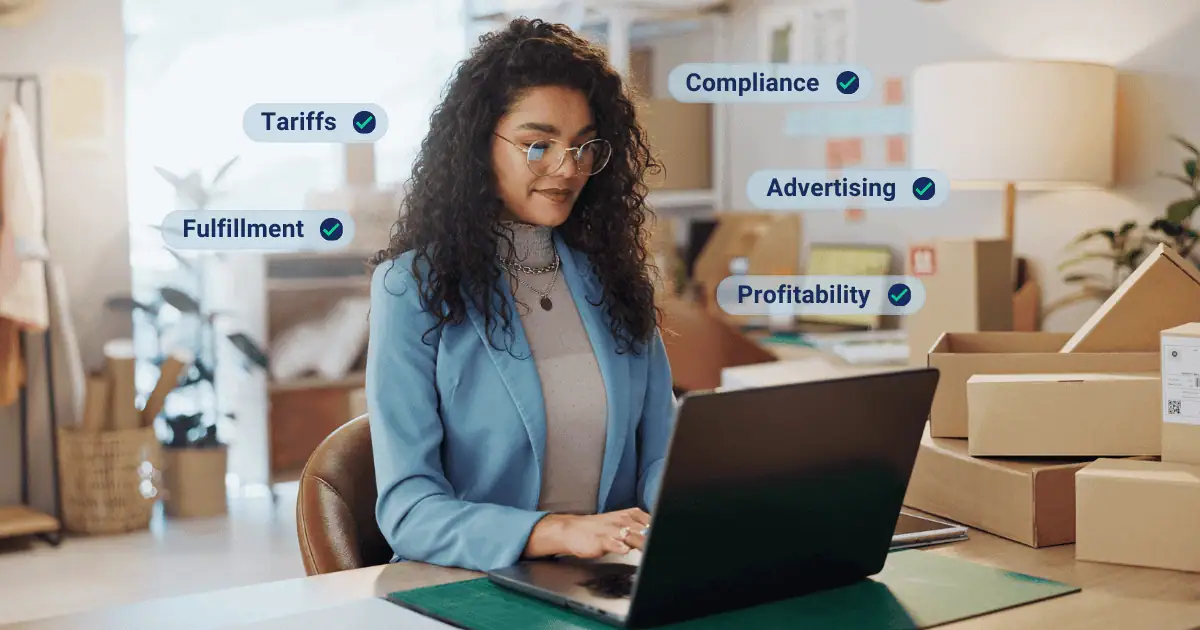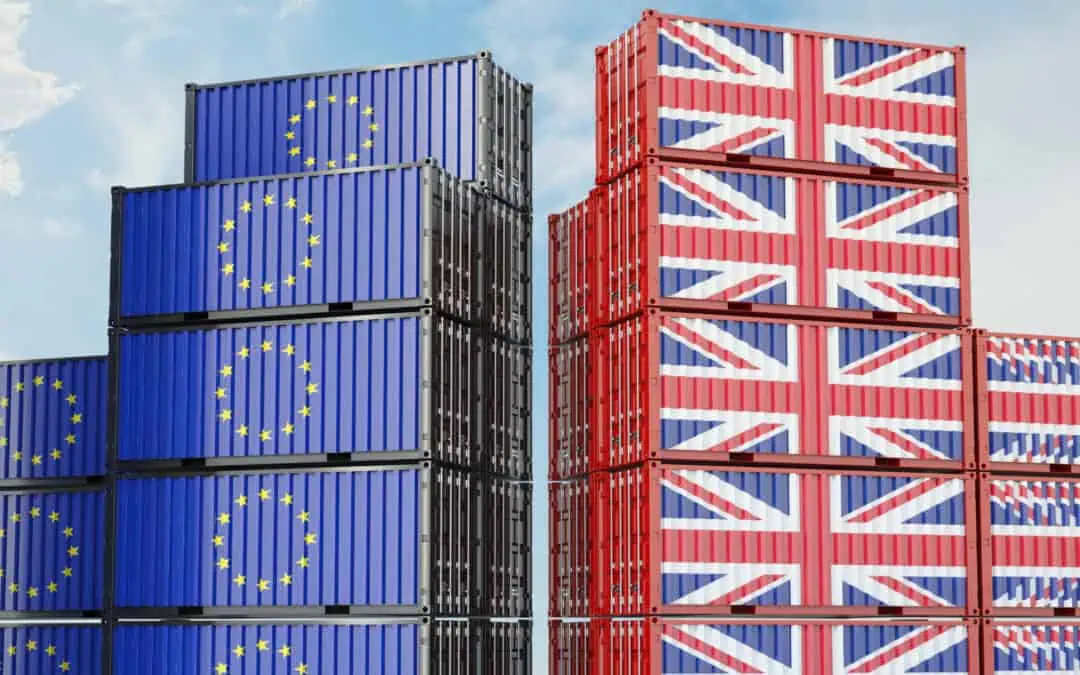Global ecommerce is becoming more complex. New tariffs, rising fulfillment costs, emerging technology and shifting regulations are changing how brands operate and forcing direct-to-consumer (DTC) leaders to rethink how they sell and scale internationally.
According to a recent study of 100 senior ecommerce leaders conducted by Passport in partnership with Drive Research, 81% said tariffs could disrupt their international strategy. Still, brands remain committed to global growth: 91% say international sales are profitable, and nearly half generate 20% or more of their total revenue from global markets. That’s the reality in 2025—going global is more essential than ever, but also more complicated to get right.
To stay ahead, brands are investing in flexible partners and technologies, region-specific strategies, and localized fulfillment models built to adapt in a rapidly changing trade environment.
Tariffs Are Rewriting Global Strategy in Real Time
As trade tensions grow and tariff rules shift, global expansion is becoming harder to execute. For many brands, evolving policy—particularly in the U.S., China, and Canada—isn’t just a cost concern, but a planning problem.
Recent tariff updates have prompted brands to reconsider where they warehouse inventory, how they route shipments, and which markets they prioritize. In response, many are investing in in-country fulfillment to reduce exposure to volatile trade routes and improve cost predictability.
Tariffs have moved from being a static line item to a dynamic operational risk. Pricing, margin forecasts, and expansion timelines are now shaped by how quickly brands can adjust to changes in trade policy. Agility—especially in fulfillment and compliance—has become a core requirement for sustaining international growth in 2025.
The Rising Complexity of Trade Compliance
Beyond tariffs, brands are facing increasing pressure from growing regulatory complexity. According to the study, 44% of ecommerce leaders say navigating international compliance is a top concern.
This includes managing a mix of country-specific rules related to tax collection, product requirements, import duties, and customs documentation. As regulations continue to evolve—and enforcement becomes stricter—brands face higher risk of delays, unexpected costs, and inconsistent delivery experiences across markets.
For DTC brands expanding globally, keeping up with these requirements has become a major operational challenge—and a key factor influencing how they approach fulfillment and market entry strategies.
Why Brands Are Investing in In-Country Fulfillment
One of the clearest takeaways from the study is that brands are increasingly investing in in-country enablement—not just as a logistics solution, but as a strategic growth lever. 94% of global ecommerce leaders plan to scale in-country fulfillment within the next five years.
While lowering costs remains a key advantage of fulfilling orders locally, decision-makers pointed to three primary drivers:
- Supporting business growth (66%)
- Faster delivery speeds (63%)
- Improved customer experience (63%)
In-country fulfillment allows brands to meet rising consumer expectations while avoiding delays and duties often associated with cross-border shipping. In high-demand markets, local fulfillment has become more than a convenience—it’s now a competitive necessity.
Rather than choosing between in-country or cross-border models, many brands are blending both approaches based on market maturity and regional demand. This hybrid strategy offers the control and adaptability needed to test and scale efficiently across different regions.
Global Expansion Isn’t Slowing Down—It’s Being Invested In
Despite rising tariffs and growing operational complexity, ecommerce brands are continuing to invest in international growth. 69% of ecommerce leaders plan to increase their international advertising budgets this year, signaling a sustained push to capture demand across borders.
Brands are leaning into paid social, influencer marketing, and search to expand their global reach—especially on platforms like Meta, TikTok, and Google, where they can efficiently target and convert international audiences.
These marketing investments reflect a clear trend: brands aren’t pulling back from global selling—they’re doubling down with smarter, more strategic approaches to reach and convert customers worldwide.New
Standards for Evaluating Global Ecommerce Partners
As global operations grow more complex, DTC brands are rethinking what they need from their partners. And price is no longer the top concern.
According to the study, 44% of ecommerce leaders say flexibility is the most important factor when evaluating a global partner—outranking both cost and speed. Brands want partners that can support multiple fulfillment models, scale with demand, and adapt quickly to new compliance requirements or market shifts.
That need for adaptability is only growing—75% of brands now rely on third-party providers for in-country fulfillment.
As global ecommerce strategies become more layered, the infrastructure supporting them needs to be just as dynamic. The ability to integrate logistics, tax, and compliance across markets isn’t just a nice-to-have—it’s what sets scalable brands apart.
What It Takes to Grow Globally in 2025
For most DTC brands, global growth remains a clear priority—and a profitable one. But success in 2025 won’t come from simply expanding reach. It takes building adaptable infrastructure behind the scenes.
The brands leading the way are investing in flexible fulfillment models, region-specific compliance systems, and global partnerships that can evolve with their needs. They’re not just selling more in more places—they’re doing it with operations built for scale and resilience.
As tariffs shift, regulations tighten, and customer expectations rise, one thing is certain: global growth is still within reach—but it requires smarter strategies and the right partners to keep growth profitable.
Explore even more insights in the full Passport x Drive Research white paper.
Authored by Casey Bright
Senior Director & Head of Marketing | Passport
Casey Bright, an accomplished marketing leader with 15+ years of experience, specializes in brand and demand building for B2B and B2C global companies. Proficient in go-to-market, inbound, and demand generation strategy, she collaborates with sales, product, and RevOps teams to fuel revenue growth. Previously at Flock Freight, Casey achieved over 3x acquisition growth. Her diverse experience includes roles at Coyote Logistics, USG, and agency work for global brands like John Deere.












